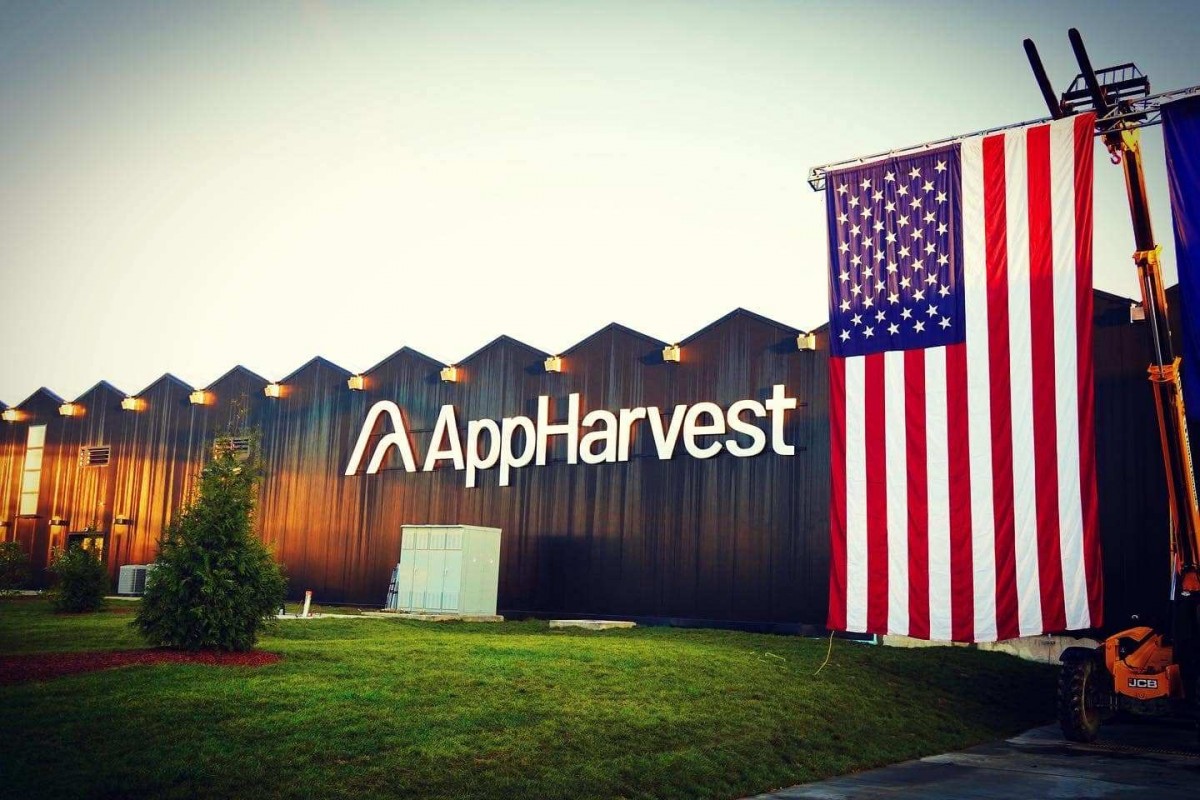As Jewish holidays go, Hanukkah is not such a tough one to adapt for pandemic life. This year, the holiday starts on December 10th at sundown and continues for eight nights. Though definitely a favorite among the kids, Hanukkah is only a minor religious holiday in the Jewish faith, and it is primarily celebrated in the home, even during years without COVID-19.
Hanukkah for our little family in Huntington, West Virginia, is generally a quiet affair. We stay home and fry potato pancakes called latkes – so many that we tire of them by night four. We say the blessings in Hebrew while lighting candles, and then, we give a gift to each child.

Everybody in my house has a favorite Hanukkah menorah, or hanukkiah. My son, who loves landscaping and horticulture, has a tree menorah. My daughter’s favorite is a lovely, blue miniature with tiny pomegranates. My husband likes the wavy, contemporary hanukkiah we bought together when we were first married. He is a Jew from birth, but I chose Judaism as an adult. So, my favorite? An inexpensive version of the traditional silver menorah most people imagine when they think of Hanukkah.
Quiet as our celebration usually is, we normally invite a few friends over for one of the eight nights. Last year on night seven, for instance, our house teemed with teenagers, my daughter’s friends from school, who for the first time experienced Hebrew blessings, menorahs, latkes and a game of dreidel with gelt (chocolate coins wrapped in gold foil) for their winnings, before they ran upstairs to laugh and watch videos on their phones.
There won’t be any Hanukkah get-togethers for us in 2020, teen or otherwise. We had special plans to spend a night or two of Hanukkah with family this year – a rare treat for us since my side of the family politely declines invitations to travel over an hour for a holiday that isn’t theirs. In August, we were thrilled when my sister-in-law and her husband moved to West Virginia from Chicago. Because of COVID-19 though, we haven’t set foot inside one another’s homes since they arrived. It is bittersweet to have them so close but to be no more able now to spend time with them than we were last year.

We also will miss the hugs and friendship of the annual Hanukkah dinner at B’nai Sholom Congregation. At the dinner, usually held before Friday-night Shabbat (Sabbath) service the week of Hanukkah, we eat latkes, fish and a variety of dishes we congregants bring from home. Each family brings a hanukkiah, and we all say the blessings and light the candles together. Though the dinner will not happen this year, our rabbi no doubt will lead us just as he did for the High Holy Days in a Zoom service to take its place, bringing as much warmth, learning and togetherness as is possible through a computer screen.
Hanukkah won’t be the same this year, but it will be enough. The Hanukkah celebration commemorates a miracle in which a small group of Jews fought back against an oppressive force who had outlawed their religion and desecrated their temple. After victory, the Jews found enough oil to light their temple lamp for only a short while, yet the oil lasted a miraculous eight days. They started with little, and their joy grew.
We don’t need much to celebrate Hanukkah. It is a holiday about persevering against great odds, and of lighting lights to push back a bit of the darkness. Though we will celebrate with only immediate family this year, I am encouraged by the thought of other candles lit in Jewish homes scattered here and there across Appalachia.
The darkness for us all may seem especially thick this year – division, unrest, and a swelling pandemic. May we persevere against great odds, and may the glow of all our holidays combine to create a hopeful light.
Melanie Glazer is an educational interpreter and teacher of the deaf and hard-of-hearing for Cabell County Schools in Huntington, West Virginia. Her commentary was originally published in 100 Days’ Creators and Innovators newsletter series, which you can sign up for here.



